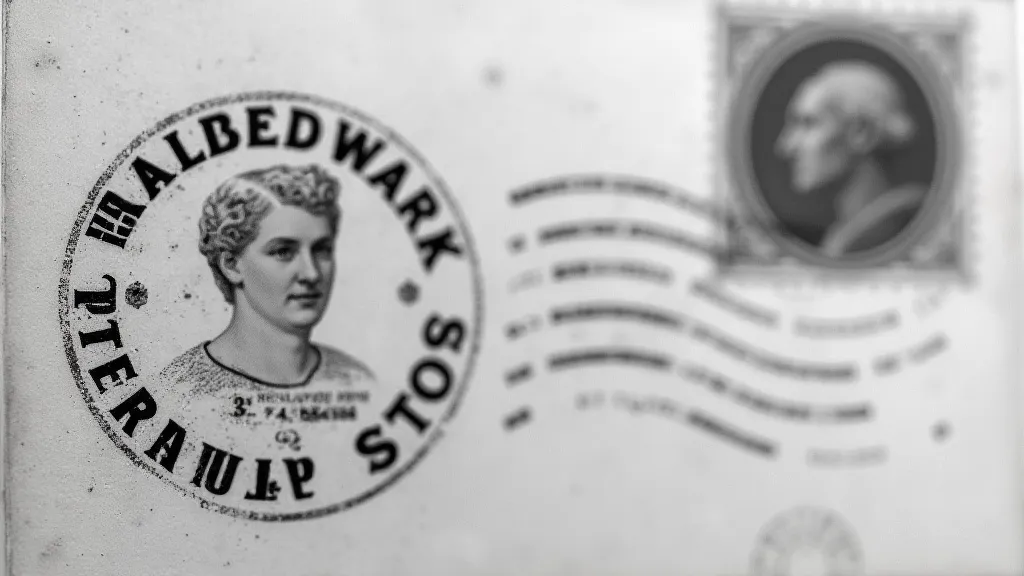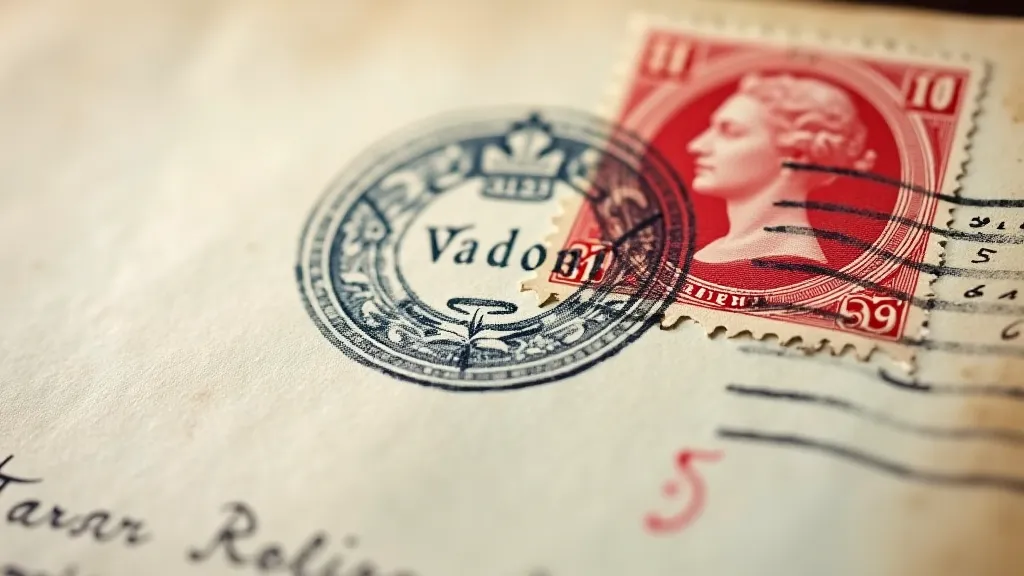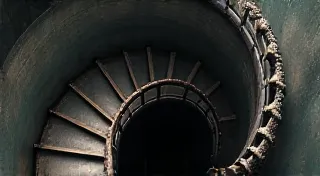Whispers of the Post Office: Unearthing the Human Stories Behind First Day Cover Cancellations
For the serious philatelist, the First Day Cover (FDC) holds a particular allure. It’s more than just a stamp; it’s a tangible connection to a moment in time, a slice of history preserved on paper. But beyond the vibrant stamp design and the excitement of a new issue, lies a detail often overlooked, frequently dismissed – the cancellation mark. Yet, within those ink blots and stamped impressions reside untold stories, echoes of a bygone era. They are, in their own quiet way, whispers of the post office, and understanding them unlocks a deeper appreciation for the beauty and significance of FDC collecting.
My own fascination with these "whispers" began unexpectedly. As a child, I'm not ashamed to admit, I was drawn to the *stamps* on my grandfather’s collection. He was a meticulous man, a retired clockmaker with hands that seemed to possess an innate understanding of intricate mechanisms. He’s the one who first introduced me to the world of philately, and initially, my focus was solely on the artwork, the colors, the subject matter. But he would patiently explain the nuances of postal history, the importance of the postmark. "Look closer, child," he's say, peering over his spectacles, "every mark tells a story. Where was this letter sent? What was happening at the post office that day?"
The History of the Cancellation Mark
The earliest forms of cancellation weren’t particularly elegant. Originally, postal officials simply scratched lines across the stamp to prevent its reuse. These "straight-line cancellations" are among the most prized by collectors, particularly when they appear on early issues. The evolution of cancellation methods reflects the changing needs of the postal system. The introduction of the Penny Black in 1840, the world’s first adhesive postage stamp, brought about a surge in mail and necessitated more efficient cancellation techniques. The arrival of the hand stamp, and later, the machine, marked a significant shift.
Before the standardized machine cancellations we are accustomed to today, post offices relied on a variety of methods, often dictated by local customs and the creativity of postal clerks. We see the rise of target cancellations, radiating designs centered around the stamp. Then there are the ‘advertising’ cancellations, particularly prevalent in smaller towns, incorporating the name of a local business – a clever (and now highly collectible) form of local advertising.

Types of Cancellations: A Collector’s Guide
Understanding the different types of cancellations is crucial for any serious FDC collector. Straight-line cancellations, as mentioned, are often highly desirable, particularly on early issues. "Duplex" cancellations, incorporating two straight lines intersecting at a point, signify a larger post office or a station in a larger city. “Fancy cancellations,” with elaborate designs, offer a visual feast and often reflect the individuality of the postal clerk who applied them. “Datastamps,” while seemingly utilitarian, offer a pinpoint record of when the mail was processed. And then there are the errors—misprints, double impressions – imperfections that transform a common cancellation into a sought-after rarity.
The appearance of a cancellation can be influenced by a multitude of factors: the type of ink used, the pressure applied by the stamp, the age and condition of the paper. Even seemingly minor variations in the design or the position of the cancellation can significantly impact its value. A slightly tilted cancellation, for example, can be far more valuable than a perfectly aligned one. It's the nuances, the subtle differences, that separate the common from the exceptional.
The Human Element: Postal Clerks and Their Marks
It's important to remember that a cancellation mark wasn’t just an arbitrary stamp. It was applied by a human being – a postal clerk, often working long hours in a bustling, often chaotic environment. These clerks weren't merely performing a mechanical task; they were participating in the vital network of communication that connected people across vast distances. Some clerks, imbued with a sense of artistry, took pride in their work, crafting unique and visually appealing cancellations that stand as testament to their individual style. Tracking down information about these clerks – their names, their careers – has become a rewarding pursuit for some collectors. It’s a way of piecing together the human stories behind the stamps.
Imagine a young clerk, newly arrived at his post, meticulously applying a cancellation to a letter destined for a distant shore. He's a thread in the intricate tapestry of the postal system, a silent participant in the lives of countless individuals. The cancellation mark, in its small and unassuming way, represents his contribution.

Value and Restoration Considerations
The value of an FDC is, of course, influenced by the condition of the stamp and the quality of the cancellation. Rarer or unusual cancellations, particularly those applied on the first day of issue, can command significant premiums. Errors, as previously mentioned, are highly sought after. A poorly applied or damaged cancellation can detract from the value of the cover. Conversely, a crisp, clear, and unusual cancellation can enhance it.
Restoration of FDC cancellations is a complex and often controversial issue. While minor cleaning might be acceptable, any attempt to alter the appearance of the cancellation is generally frowned upon by serious collectors. The authenticity of the cancellation is paramount. Any suspicion of tampering can significantly reduce the value of the cover. A well-preserved, original cancellation is always more desirable than a restored one. It carries with it the weight of history, the unvarnished truth of the postal experience.

Beyond the Stamp: Appreciating the Whole Story
For me, the true joy of FDC collecting lies not simply in acquiring beautiful stamps, but in unraveling the stories they represent. The cancellation mark, often overlooked, is a key to unlocking that narrative. It’s a whisper of the past, a glimpse into a world where the postal service was a vital artery of society. It connects us to the individuals who worked tirelessly to deliver the mail, and to the countless lives that were touched by their efforts. So, the next time you examine an FDC, take a moment to appreciate the cancellation mark. Look beyond the ink and the stamp. Listen for the whispers of the post office – and discover the human stories they hold.





